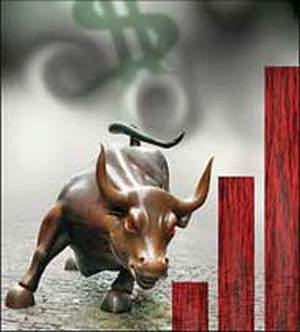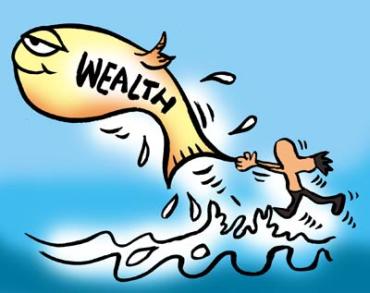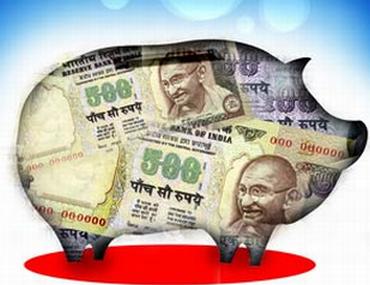Photographs: Rediff Archives Morningstar.in
There's more than meets the eye when it comes to a mutual fund's returns. Here's how you can check a fund's risk-adjusted return.
Mutual fund houses often like to tout the returns that their fund has delivered over a given timeframe to prove its performance and impress you.
But no two funds are created equal.
Now imagine you have fund A that invests in a lot of high-beta stocks (highly-volatile stocks that typically gain more in rising markets but fall harder in down markets) thereby taking you on a bumpy ride as your witness your fund's roller-coaster trajectory in a market cycle involving ups and down.
At the end of your journey (that is, when you decide to sell your fund), you find out you've netted a certain percentage of returns.
On the other hand, there's another fund B that has given similar returns as fund A over the same timeframe but with far less volatility or risk that the previous fund underwent, thanks to investing in less-risky stocks.
Is your mutual fund's RETURN worth the RISK?
Photographs: Rediff Archives
As an investor, you would obviously want to own a fund that undergoes lesser volatility along the way of your returns and one that gives you high returns on your investments while taking on less risk.
Owning a fund that takes on high risk not only plays with your emotions of greed and fear (never a good attribute in investing) as you watch your investments either beat the market in an upswing or lie at the bottom of the heap in a down market, it also exposes you to timing risk: you might sell at the bottom in a nervous market, thereby increasing your losses.
To counter this, you should always keep in mind the concept of risk-adjusted returns. That's where you can seek the help of the Sharpe ratio.
Is your mutual fund's RETURN worth the RISK?
Photographs: Rediff Archives
The Sharpe ratio
There are various metrics to measure a fund's volatility. One of those is the Sharpe ratio, which has increasingly become an industry standard for quantifying a fund's risk-return profile.
Developed by William F Sharpe, the Sharpe ratio measures a fund's risk-adjusted returns.
The basic idea is to see how much additional return (above and beyond a risk-free asset such as a government bond) an investor reaps for the additional volatility of holding the asset.
The higher a fund's Sharpe ratio, the better a fund's returns have been relative to the volatility it has experienced (volatility is measured by another metric called standard deviation). Investors can then assess whether a fund's return justifies the risk.
Is your mutual fund's RETURN worth the RISK?
Photographs: Rediff Archives
To that end, the Sharpe ratio is a useful measure because a fund that outperforms its peers might look less enticing if those returns came with a lot of additional volatility.
A fund that can achieve a six per cent return with mild volatility is likely a better bet than a fund that can attain a seven per cent return but only with a lot of ups and downs.
You can check the fund's fact sheet on the fund company's web site to find out its Sharpe ratio or look up any financial news or research web site that displays the information on the fund's page.
Is your mutual fund's RETURN worth the RISK?
Photographs: Rediff Archives
How should you use the Sharpe ratio?
The Sharpe ratio helps to make a more direct comparison of how much risk two funds, individually, have to bear to earn excess return over the risk-free rate.
And because the Sharpe ratio is risk-adjusted, it levels out the playing field. This allows investors to compare the Sharpe ratios of funds that employ different strategies -- growth versus value, for example.
Although there's no denying that the Sharpe ratio is useful, the metric is not without shortcomings.
For starters, the Sharpe ratio is calculated based on historical returns, which, as we are often reminded, are not predictors of future results.
Is your mutual fund's RETURN worth the RISK?
Photographs: Rediff Archives
This is particularly true if a fund's management or mandate has changed, which could result in a different strategy and profile going forward.
Another drawback is the fact that Sharpe ratio is a raw number.
Although we know that a higher Sharpe ratio is favourable, it's hard to recognise whether Sharpe ratio is good or bad, high or low, when it's analysed in isolation.
However, comparing it with the Sharpe ratio for a similar fund, an index, or a category allows investors to put a fund's Sharpe ratio into context.
Finally, it's always important to employ Sharpe ratios within the context of your own risk profile. If you have a long investing time horizon, near-term Sharpe ratio figures won't be as relevant.








Comment
article